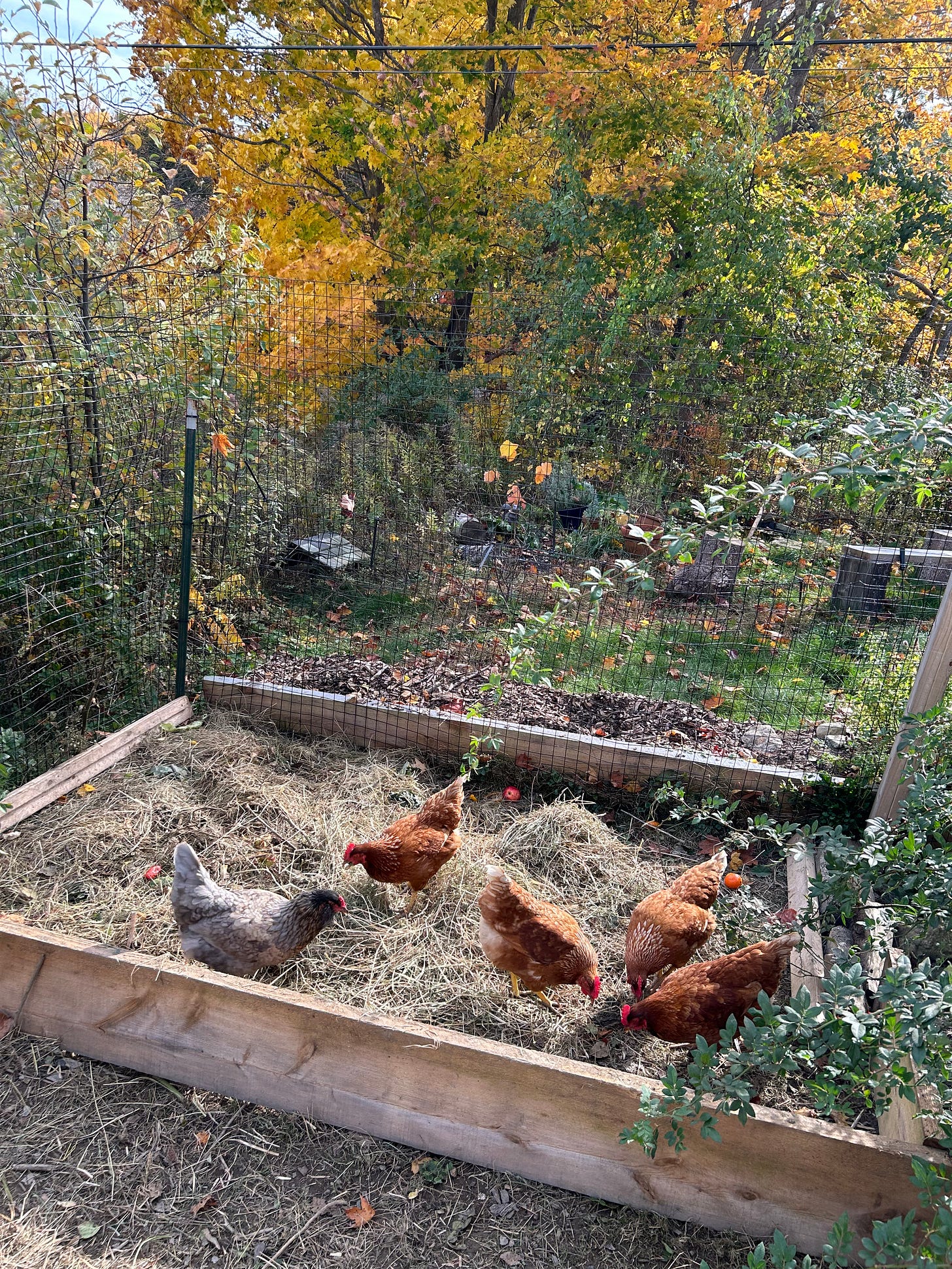If the term “brown gold” sounds to you like a euphemism for something nasty, you are correct. In this case, it refers to dog poop. Specifically, it refers to the problem of frozen dog turds in the wintertime, and my attempt to transform them into something useful.
If you own a dog in a northern climate, you likely already know why frozen dog turds are a problem. For some reason, many dogs who are not normally poop eaters will, sometime in mid-January, discover the joy of eating poopsicles, and indulge freely until you stop them. This is called coprophagy: it is a disgusting habit, and shocking to anyone who (like myself) considers their dog to be a Perfect Princess. Once your dog eats poop you realize that no dog is a perfect princess, and that they all are disgusting. You will love them no less, but see them more clearly.
This problem is exacerbated if you have a smallish, fenced dog yard, where you let the dogs out to “do their business”. Even if you shovel this once a day you still run the risk of one or two piles of frozen turdlettes on offer in the thin light of early morning. I’m done talking about it - you get the idea.

So this winter I did a bit of research about composting dog feces, and found that yes, it can be done. Since dogs are not herbivores, and since they have all sorts of disgusting eating habits, you have to give the compost more time to develop, to be sure that it has had a proper chance to heat up and kill parasites. Then, it is also recommended that you use the compost for non-edible crops, and maybe fruit trees. Once the poop and straw have composted, it will be compost - meaning, a nutrient-rich soil. It will not smell like dog turds or look like dog turds. All of this is great news for our garden - as it means that the household compost and chicken compost can be reserved for the vegetables. Perhaps, given the limited size of the yardfarm, there may even be enough compost to go around.
In my way, I approach yardfarming with a Permaculture mentality. Permaculture - “permanent agriculture” - aims to create self-reinforcing, closed systems, some of which can even develop into self-sustaining food forests, eventually requiring little or no human intervention. Permaculture, as a practice, can be practiced in many ways. There is no “one way” or “right way”, since everything relies on the unique attributes of the particular site in which you garden. However, there are various permaculture methods, tactics and principals that guide a permacultural approach.

The Roughhousing permaculture approach is still in the early beta phase of development. Highly experimental (I am not a licensed Permaculturalist - and yes, there is a certificate.) The Brown Gold, which I am in the process of creating in the rear corner of the dog yard, is part of the experiment, and an opportunity to practice one of Permaculture’s twelve design principals: Catch and Store Energy.
The composting of household food waste is a common practice in many gardens - things that normally go into the garbage and into a landfill are transformed, with a bit of human effort, into nutrient-rich soil. Noticing the accumulating “output” of our two dogs over the winter months (in the warmer weather I was launching the poops into the woods), I realized that - beyond solving the problem of the poopsicles - I had been missing an opportunity to “catch and store energy.” So I brought a bag of straw up from the basement, set it in the woodshed - convenient to the poop pile - and began layering feces, straw and some snow to hold it all down. Here is an exciting video of what that looks like in practice:
I am hoping that the Brown Gold Compost will be ready sometime in late summer - I plan to purchase a compost thermometer to make sure it heats up properly, so I’m not rooting around in half-composted parasite-ridden soil. Keep your eyes peeled for exciting updates!
FULL DISCLOSURE! Sometimes I include Affiliate Links in my articles. This means that if you purchase an item from these links, I will receive a small commission. I only ever recommend items or companies that I have used and am VERY happy with - and if I ever link to an item that I haven’t used, I make this clear in the article.




